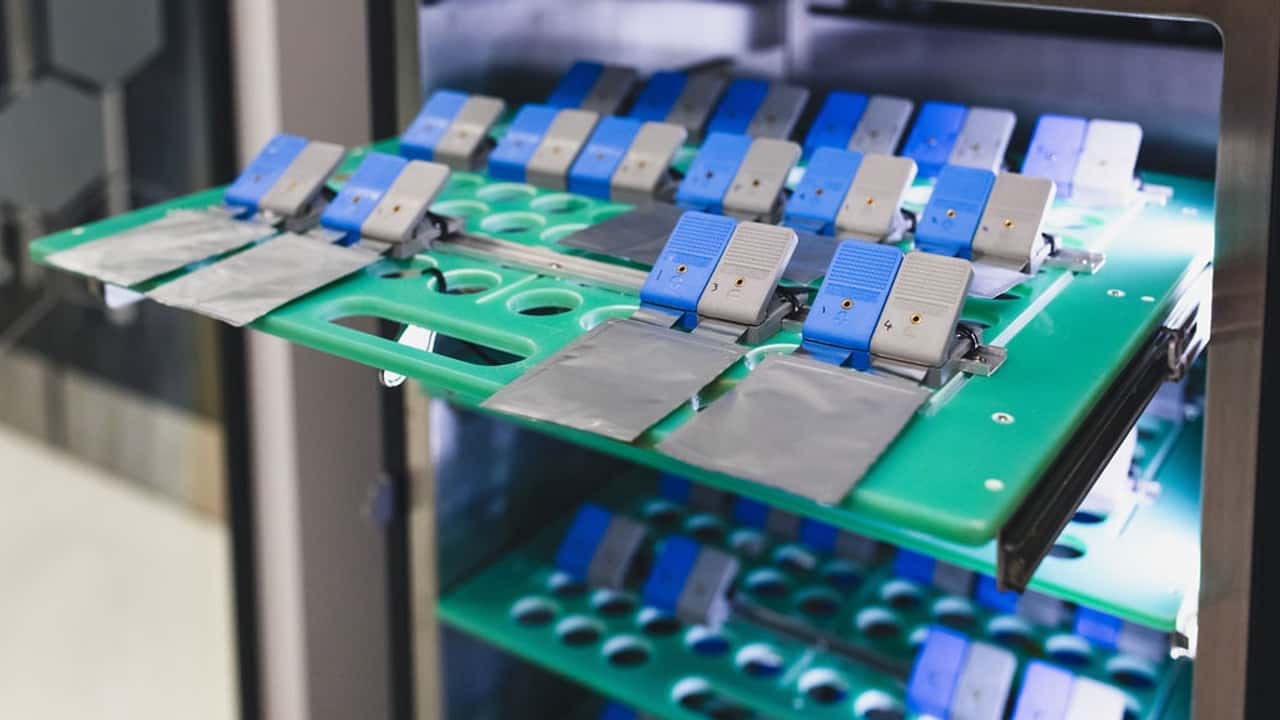The eight-pound supercapacitor could double the power of the average-sized family SUV.
Despite the seemingly never-ending stream of news decrying the reversal of electric vehicle progress, work continues on improving hybrid and EVs. Automakers and independent firms are always researching new ways to improve battery storage and efficiency. One potential method of making hybrids better involves the use of supercapacitors.
Yes, I also wish I typed “flux capacitor” instead of “supercapacitor,” but the real life tech is intriguing, too. A supercapacitor stores and releases electrical energy, and it can do this far more quickly than a battery can. British firm Allotrope Energy says it’s developed a new class of supercapacitors, which boast greater energy density levels compared to current battery solutions.
In a hybrid vehicle, a supercapacitor could deliver greater amounts of power more quickly, when compared to the standard battery packs currently in use. These supercapacitors are also able to recover energy more quickly, as well. Even better is the fact that these units are half the weight and size of current supercapacitors. The technical breakthrough and packaging arise through the use of a product called Lignavolt.
Lignavolt is a sustainably produced nano-porous carbon material. No rare earth elements at play here. Allotrope derives Lignavolt from lignin, which is a byproduct of paper production. The Lignavolt-enabled supercapacitor can harvest all available energy in just six seconds of braking. According to Allotrope, a lithium-ion battery pack capable of achieving this feat would be the size and weight of a filing cabinet and cost nearly two grand.
Meanwhile, the supercapacitor would weigh 4.0 kilograms (about 8.8 pounds), be the size of a shoebox, and cost about 100 bucks. Additionally, temperature doesn’t affect the supercapacitor like it does a lithium-ion pack. This means less need for complex heating and cooling systems. The supercapacitor also doesn’t degrade like a typical battery pack, so performance should remain the same across its lifetime of use.
This all sounds great, right? The downside to a supercapacitor is that it essentially collects or releases its charges so quickly that it doesn’t make sense for use in a pure EV. Instead, the supercapacitor would work to provide large amounts of power to a vehicle with a hybrid powertrain. Allotrope says an eight-pound Lignavolt supercapacitor could double the output of an average-sized family SUV.
Great Scott, that’s a lot of power!
More Hybrids
We want your opinion!
What would you like to see on Motor1.com?
– The Motor1.com Team
